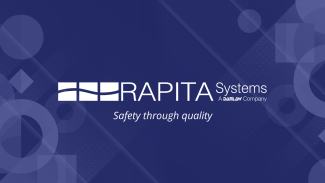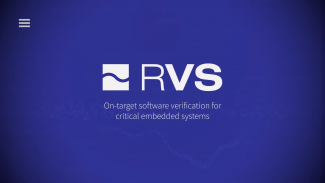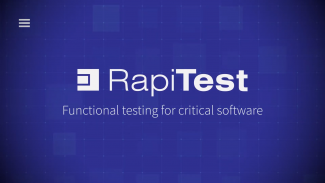
Industry leading verification tools
Rapita Verification Suite (RVS)
Multicore Verification
Other
RTBx - The ultimate data logging solution
Sim68020 - Simulation for the Motorola 68020 microprocessor
RVS Software Policy
Software licensing Product life cycle policy RVS Assurance issue policy RVS development roadmap
Industry leading verification services
Latest from Rapita HQ
Technical resources for industry professionals
Discover Rapita
Who we are
US office
+1 248-957-9801info@rapitasystems.com Rapita Systems, Inc., 41131 Vincenti Ct., Novi, MI 48375, USA
UK office
+44 (0)1904 413945info@rapitasystems.com Rapita Systems Ltd., Atlas House, Osbaldwick Link Road, York, YO10 3JB, UK
Spain office
+34 93 351 02 05info@rapitasystems.com Rapita Systems S.L., Parc UPC, Edificio K2M, c/ Jordi Girona, 1-3, Barcelona 08034, Spain
- Solutions
- Latest
- Company
- Discover
- Multicore Timing Analysis
- Embedded Software Testing Tools
- Worst Case Execution Time
- WCET Tools
- Code coverage for Ada, C & C++
- MC/DC Coverage
- Verifying additional code for DO-178C
- Timing analysis (WCET) & Code coverage for MATLAB® Simulink®
- Data Coupling & Control Coupling
- Aerospace Software Testing
- DO-178C
- Meeting DO-178C Objectives
- AC 20-193 and AMC 20-193
- Meeting A(M)C 20-193 Objectives
- Certifying eVTOL
- Certifying UAS
All materials © Rapita Systems Ltd. 2025 - All rights reserved | Privacy information | Trademark notice Subscribe to our newsletter

 Rapita partners with Asterios Technologies to deliver solutions in multicore certification
Rapita partners with Asterios Technologies to deliver solutions in multicore certification
 SAIF Autonomy to use RVS to verify their groundbreaking AI platform
SAIF Autonomy to use RVS to verify their groundbreaking AI platform
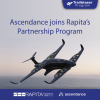 Hybrid electric pioneers, Ascendance, join Rapita Systems Trailblazer Partnership Program
Hybrid electric pioneers, Ascendance, join Rapita Systems Trailblazer Partnership Program
 What does AMACC Rev B mean for multicore certification?
What does AMACC Rev B mean for multicore certification?
 How emulation can reduce avionics verification costs: Sim68020
How emulation can reduce avionics verification costs: Sim68020
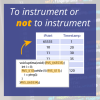 Multicore timing analysis: to instrument or not to instrument
Multicore timing analysis: to instrument or not to instrument
 How to certify multicore processors - what is everyone asking?
How to certify multicore processors - what is everyone asking?
 Certifying Unmanned Aircraft Systems
Certifying Unmanned Aircraft Systems
 DO-278A Guidance: Introduction to RTCA DO-278 approval
DO-278A Guidance: Introduction to RTCA DO-278 approval
 ISO 26262
ISO 26262
 Data Coupling & Control Coupling
Data Coupling & Control Coupling
 IEEE SMC-IT/SCC 2025
IEEE SMC-IT/SCC 2025
 DASC 2025
DASC 2025
 DO-178C Multicore In-person Training (Fort Worth, TX)
DO-178C Multicore In-person Training (Fort Worth, TX)
 DO-178C Multicore In-person Training (Toulouse)
DO-178C Multicore In-person Training (Toulouse)















